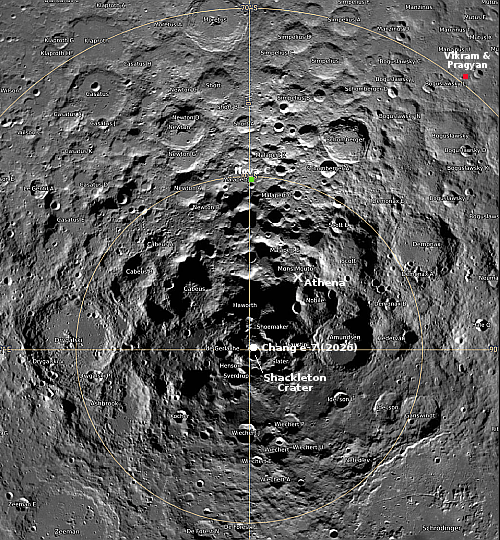Astroforge’s Odin spacecraft tumbling and probably be lost
According to a video update by the company’s founder, Matt Gialich, Astroforge’s Odin spacecraft is slowly tumbling, and is likely going to be lost.
Gialich noted that they still have one more possibility to save the spacecraft, but “hope is fading.”
The goal had been to make the first fly-by of an asteroid by a private company, getting data on the M-type asteroid 2022 OB5, thought to be made up largely of nickel-iron which would make it extremely valuable.
According to a video update by the company’s founder, Matt Gialich, Astroforge’s Odin spacecraft is slowly tumbling, and is likely going to be lost.
Gialich noted that they still have one more possibility to save the spacecraft, but “hope is fading.”
The goal had been to make the first fly-by of an asteroid by a private company, getting data on the M-type asteroid 2022 OB5, thought to be made up largely of nickel-iron which would make it extremely valuable.

